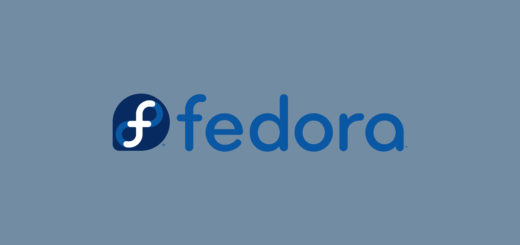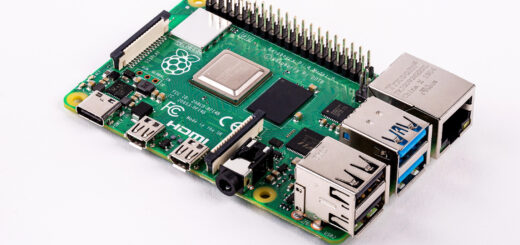RHEL 8 beta released: new features

Red Hat Enterprise Linux is the Linux distribution for the enterprise. With its ironclad security and rock-solid stability it is the main product of Red Hat, probably the biggest Open Source company. RHEL 8 beta has been released, let’s take a look at what’s new.
Containers (Docker getting replaced)
After Red Hat decided to acquire CoreOS and announced Fedora CoreOS, the next big step is in RHEL 8: Docker is no longer the preferred way to run containers. Although Docker has been the sparkle that ignited the container world, Red Hat decided to push an alternative CRI-O. In RHEL 8 instead of the usual Docker stack you will be able to use Podman to run your containers, Buildah to build your images without a daemon.
Systems management
First and foremost there is a new package manager: YUM4. Wait, where’s DNF gone off to? Turns out they’re the same thing under different names…
The second important add is Red Hat Enterprise Linux Web Console (Cockpit). The Web Console was already available in RHEL 7 and it was launched shortly after RHEL 7. The project has matured a lot during the years featuring a plugin architecture that allows to manage many other server components.
The third important add is Red Hat Composer (Weldr), a useful tool to design and generate virtual machine images ready for cloud use. You can use Weldr through Cockpit or through the CLI.
Application Streams (a.k.a Modularity)
Modularity is a new concept in Fedora and will be present in RHEL 8. Essentially, RHEL is a distribution with a focus on stability and security, hence its packages are battle-tested and security fixes are backported. All the software doesn’t get any major update during a RHEL release lifetime. Although this provides better stability, it often creates more problems in the ever-changing world of software. Take PHP for example, RHEL 7 ships with PHP 5.6 that is now discontinued. In the past you had to enable extra repositories such as RHSCL and EPEL to overcome this problem. With Modularity you will be able to access different version of the same software and install it while retaining RHEL well-known stability. Application Streams are enabled by default on RHEL 8.
FileSystem and storage
It comes to no surprise after Red Hat decided to deprecate BTRFS last year that BTRFS is not part of RHEL 8 beta. In its stead a new project, Stratis, has been introduced. Albeit Stratis is young compared to more robust solutions such as ZFS, it has reached version 1.0 and its growing fast.
Networking
Red Hat Enterprise Linux 8 Beta supports more efficient Linux networking in containers through IPVLAN, connecting containers nested in virtual machines (VMs) to networking hosts with a minimal impact on throughput and latency. It also includes a new TCP/IP stack with Bandwidth and Round-trip propagation time (BBR) congestion control, which enables higher performance, minimized latency and decreased packet loss for Internet-connected services like streaming video or hosted storage.
Security
OpenSSL 1.1.1 and TLS 1.3 are both supported in Red Hat Enterprise Linux 8 Beta, enabling server applications on the platform to use the latest standards for cryptographic protection of customer data. System-wide Cryptographic Policies are also included, making it easier to manage cryptographic compliance from a single prompt without the need to modify and tune specific applications.
As expected of Red Hat, the SSL/TLS version is being pushed to TLS 1.3. This will greatly improve security especially within the Web.
What about CentOS 8?
Currently there is no beta build of CentOS 8, in the meantime you can try Fedora 28 or Fedora 27 which will probably be the base for CentOS/RHEL 8.
- 2020 A year in review for Marksei.com - 30 December 2020
- Red Hat pulls the kill switch on CentOS - 16 December 2020
- OpenZFS 2.0 released: unified ZFS for Linux and BSD - 9 December 2020









Recent Comments